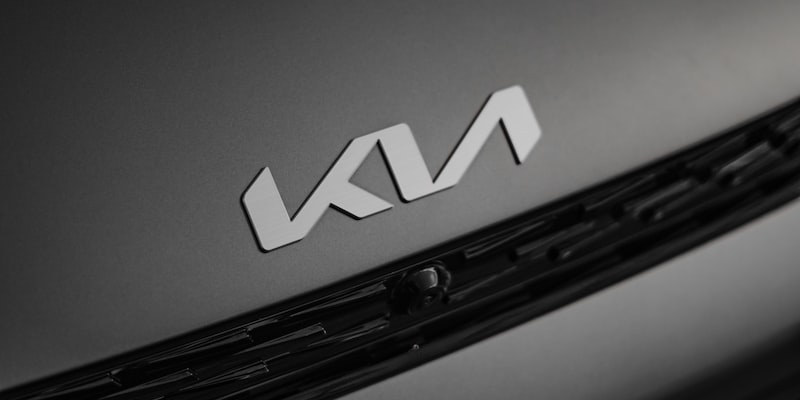
The different types of symbols on a dashboard
We all know that dashboard symbols are important. They tell us when something is wrong with our car, and they can be the difference between a safe drive and an accident. But do you know what all of those symbols mean? In this blog post, we'll take a look at some of the most common dashboard symbols and what they mean. We'll also give you some tips on what to do if you see a symbol that you don't recognize. So next time you're behind the wheel, you'll know exactly what those symbols are trying to tell you!
What each symbol means
There are a few different symbols that you might see on your vehicle's dashboard, and it's important to know what each of them means. Here is a quick guide to some of the most common symbols:
-A warning light that looks like an exclamation point usually indicates a problem with the engine or another critical system. If you see this light, you should take your car to a mechanic as soon as possible.
-A light that looks like a battery usually indicates a problem with the charging system. If this light comes on, it means that your car's battery is not being charged properly. This can be caused by a number of things, so it's best to have it checked out by a mechanic.
-A light that looks like a thermometer usually indicates an overheating engine. If this light comes on, pull over and turn off the engine as soon as possible. Do not attempt to drive any further until the issue has been fixed, as driving with an overheated engine can cause serious damage.
-A light that looks like a oil can (usually with a drip under it) indicates low oil levels. This is typically caused by leaking or burning oil, so it's important to have it checked out by a mechanic right away.
-A light that says "Check Engine" usually indicates that there is an issue with the emission control system. This could be something as simple as a loose gas cap, or something more serious like an
There are many different symbols that may appear on a dashboard, and each one has a specific meaning. Here is a list of some of the most common symbols and what they indicate:
Battery – This symbol indicates that the battery is charging.
Oil – This symbol indicates that the engine oil level is low.
Coolant – This symbol indicates that the coolant level is low.
Brake – This symbol indicates that the brake pads or discs may be worn out.
Why it's important to know what the symbols on your dashboard mean
It's important to know what the symbols on your dashboard mean because they can tell you a lot about your car and its current condition. For example, if you see a warning light come on, it's important to know what that light means so you can take appropriate action. Ignoring a warning light could lead to serious problems down the road.
In addition, many of the symbols on your dashboard are related to your car's safety features. For instance, there may be a symbol that indicates when your seatbelt is not fastened. Paying attention to these safety features is critical to keeping yourself and others safe while on the road.
Finally, some of the symbols on your dashboard may be related to your car's warranty or service requirements. For example, there may be a symbol that tells you when it's time for an oil change or tire rotation. Keeping up with these maintenance items is important to keep your car running smoothly and avoid costly repairs down the road.
How to learn more about the symbols on your particular dashboard
The symbols on your particular dashboard are probably different from the symbols on someone else's dashboard, so it's important to learn what they all mean. You can usually find a guide in your owner's manual, or you can look up the information online.
If you're not sure where to start, try looking up the make and model of your car online, followed by "dashboard symbols." That should give you a good starting point. Once you know what the basic symbols mean, you can start to learn about the more specific ones that are specific to your car.
Conclusion
All the symbols on a dashboard have their own special meaning and purpose. If you ever find yourself stuck, be sure to consult your car's owner manual for a more in-depth explanation. In the meantime, we hope our quick guide has helped you demystify some of those strange looking symbols on your dashboard. Do you have any other questions about your car's dashboards? Let us know in the comments below!

